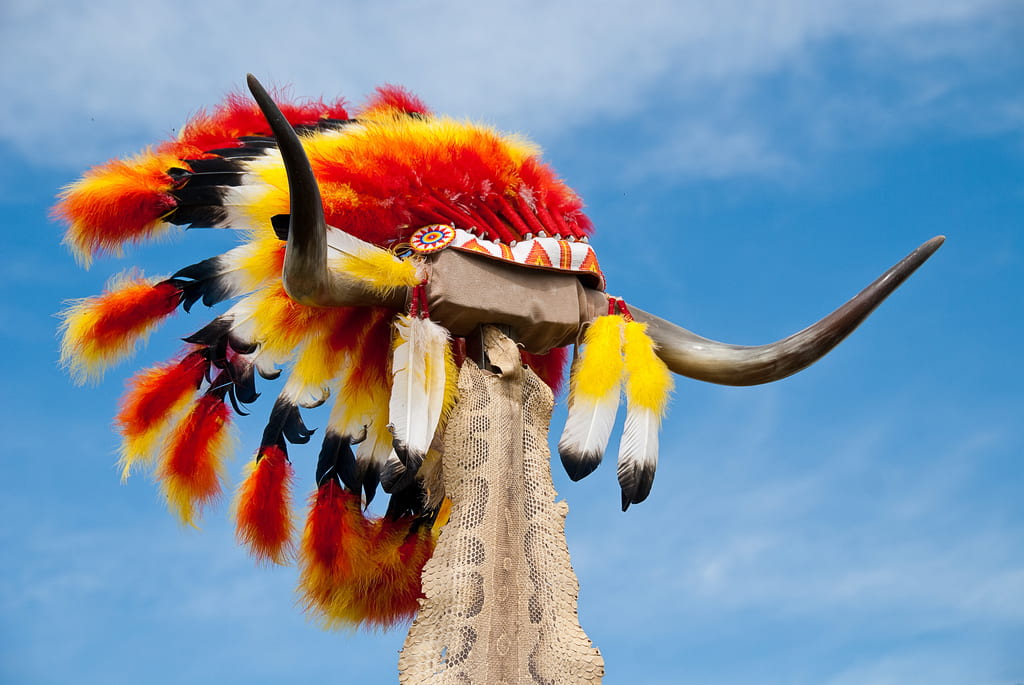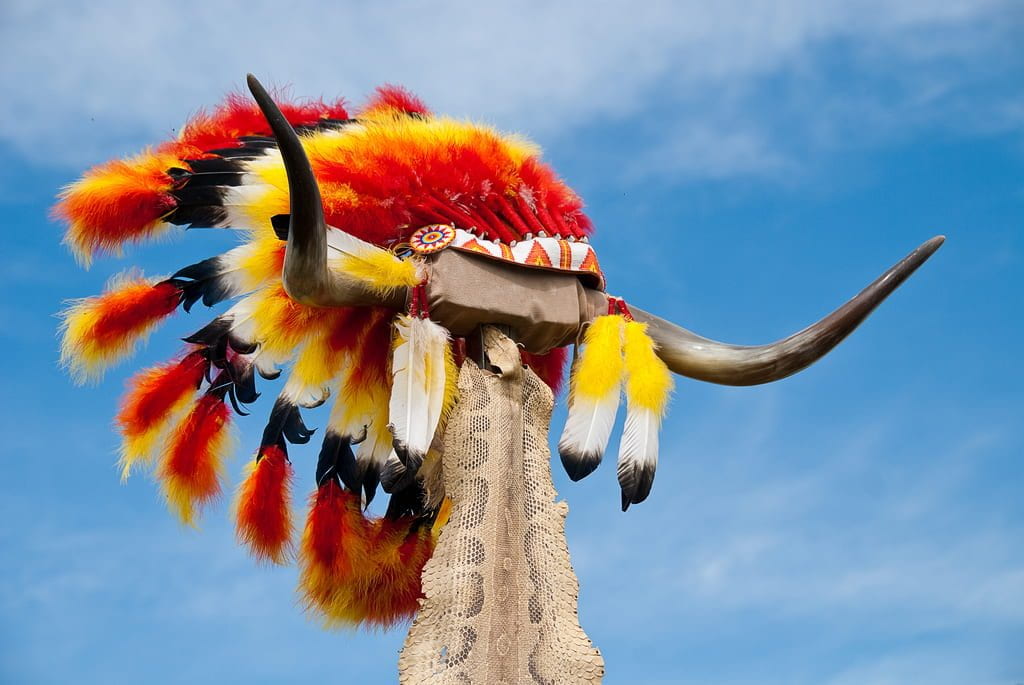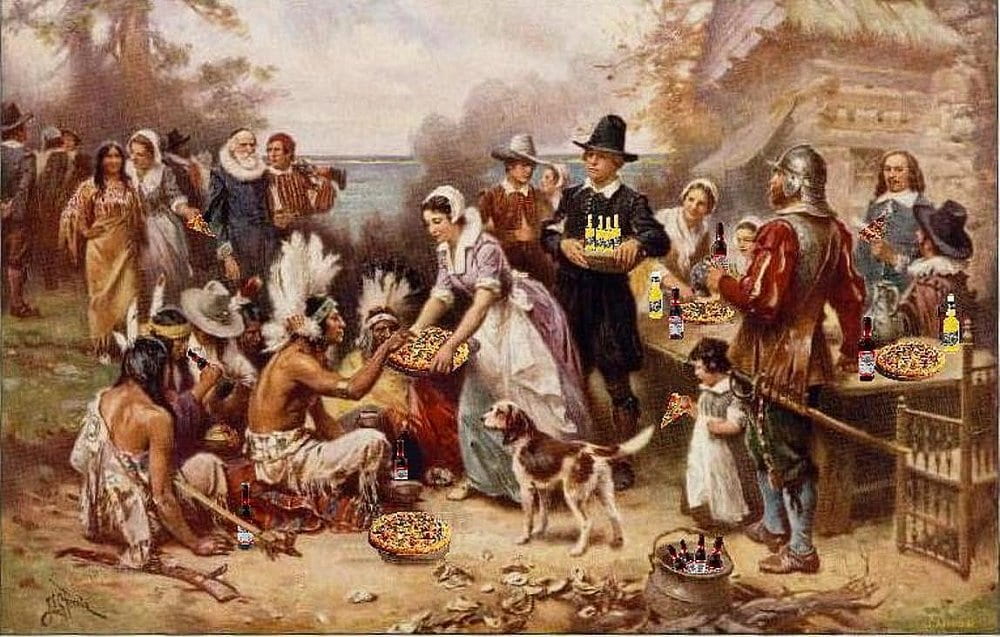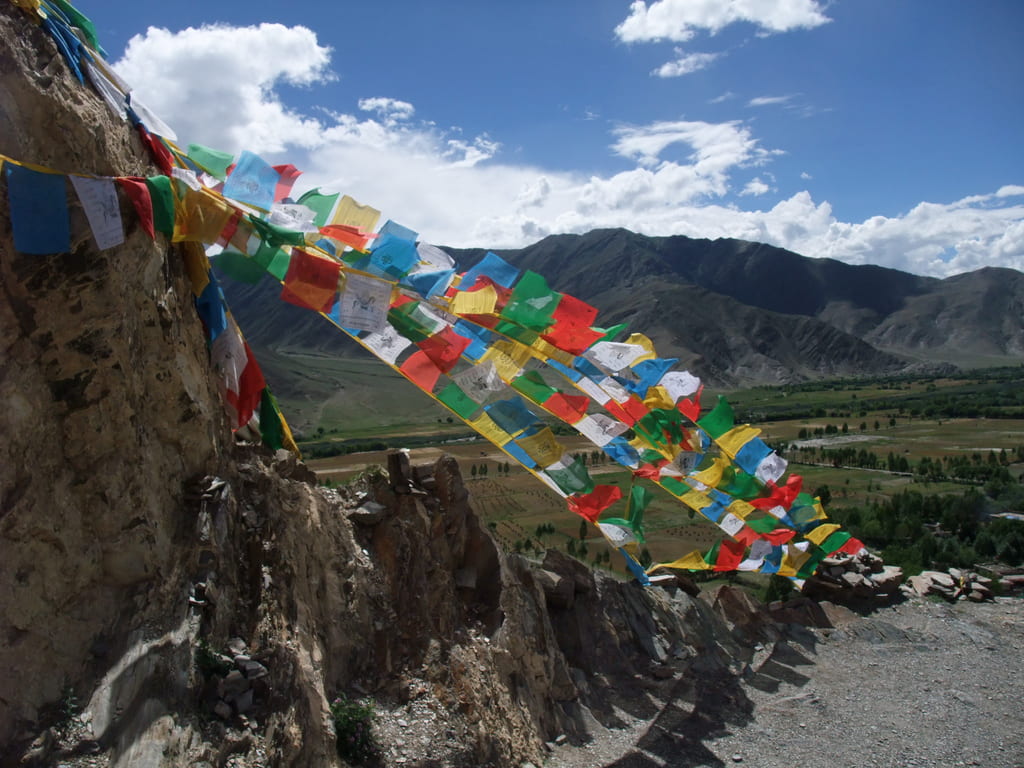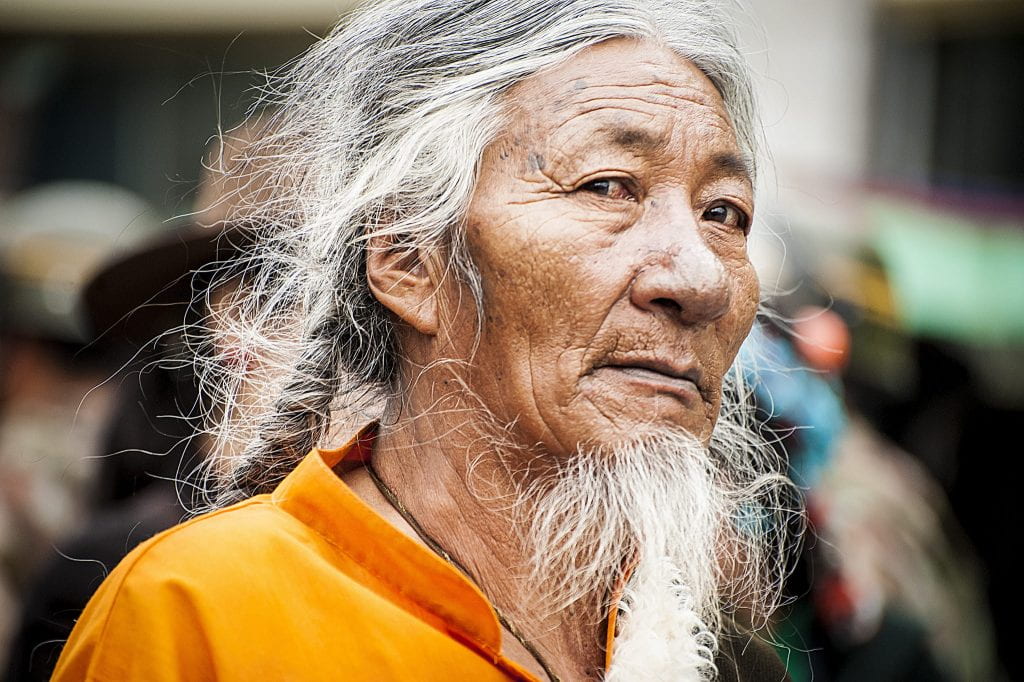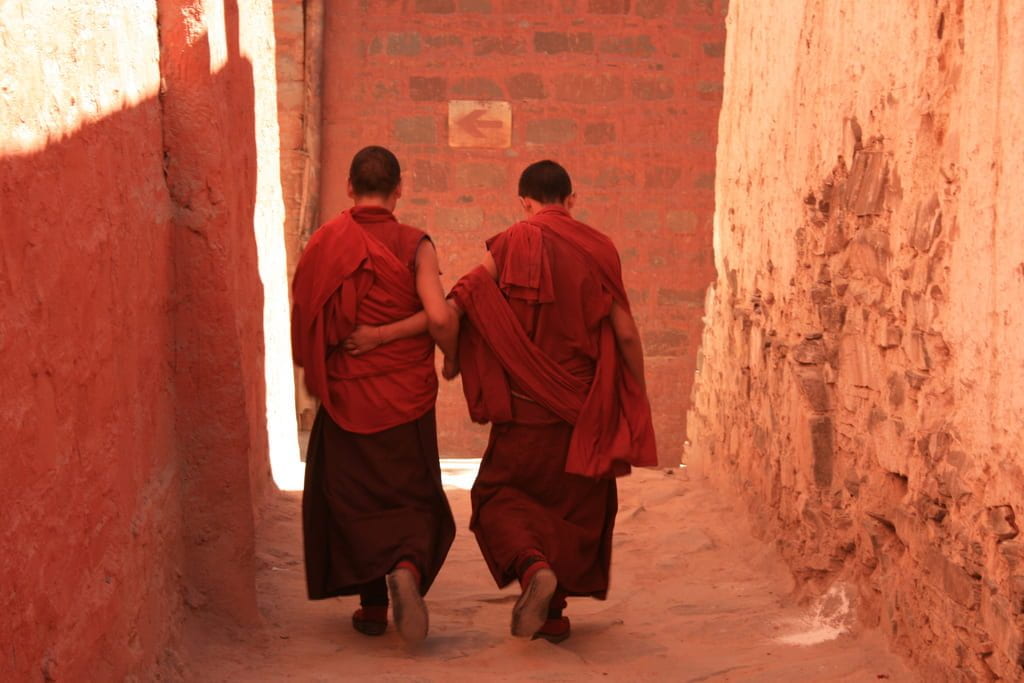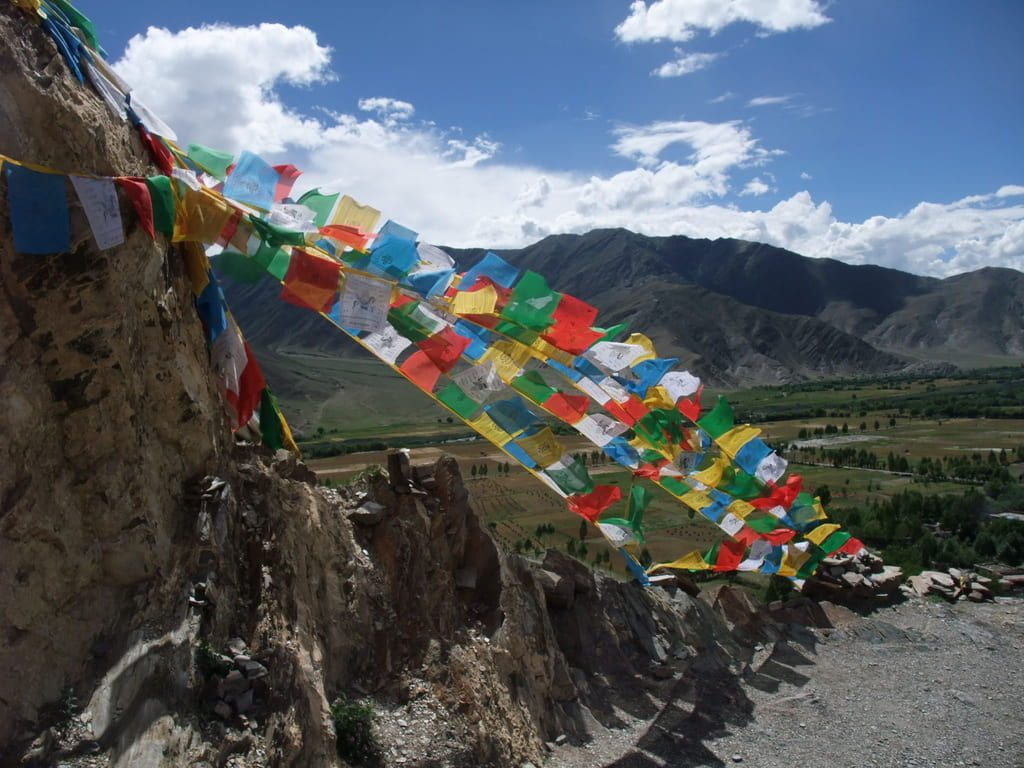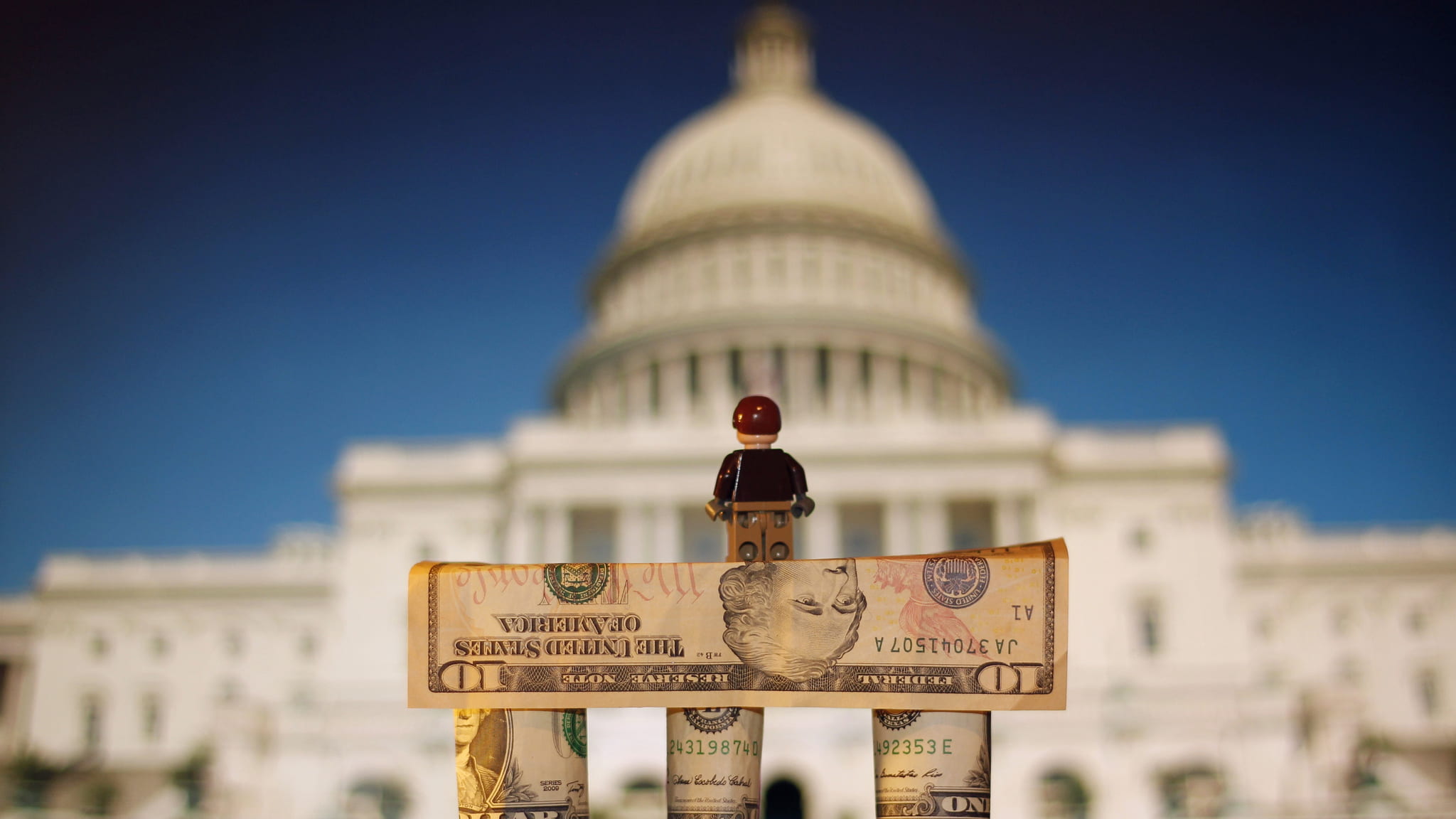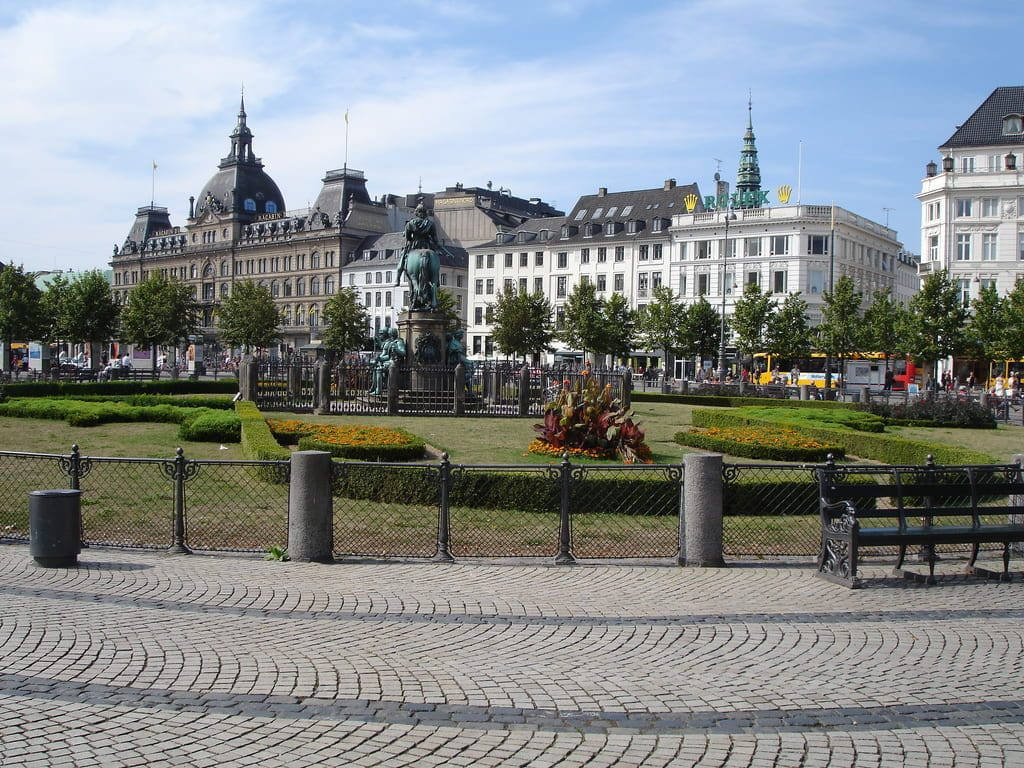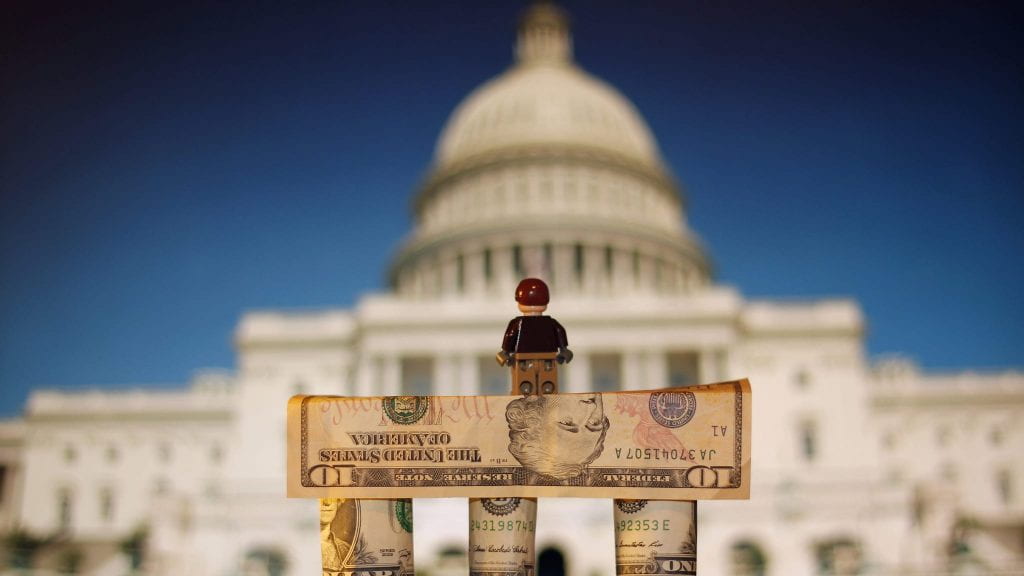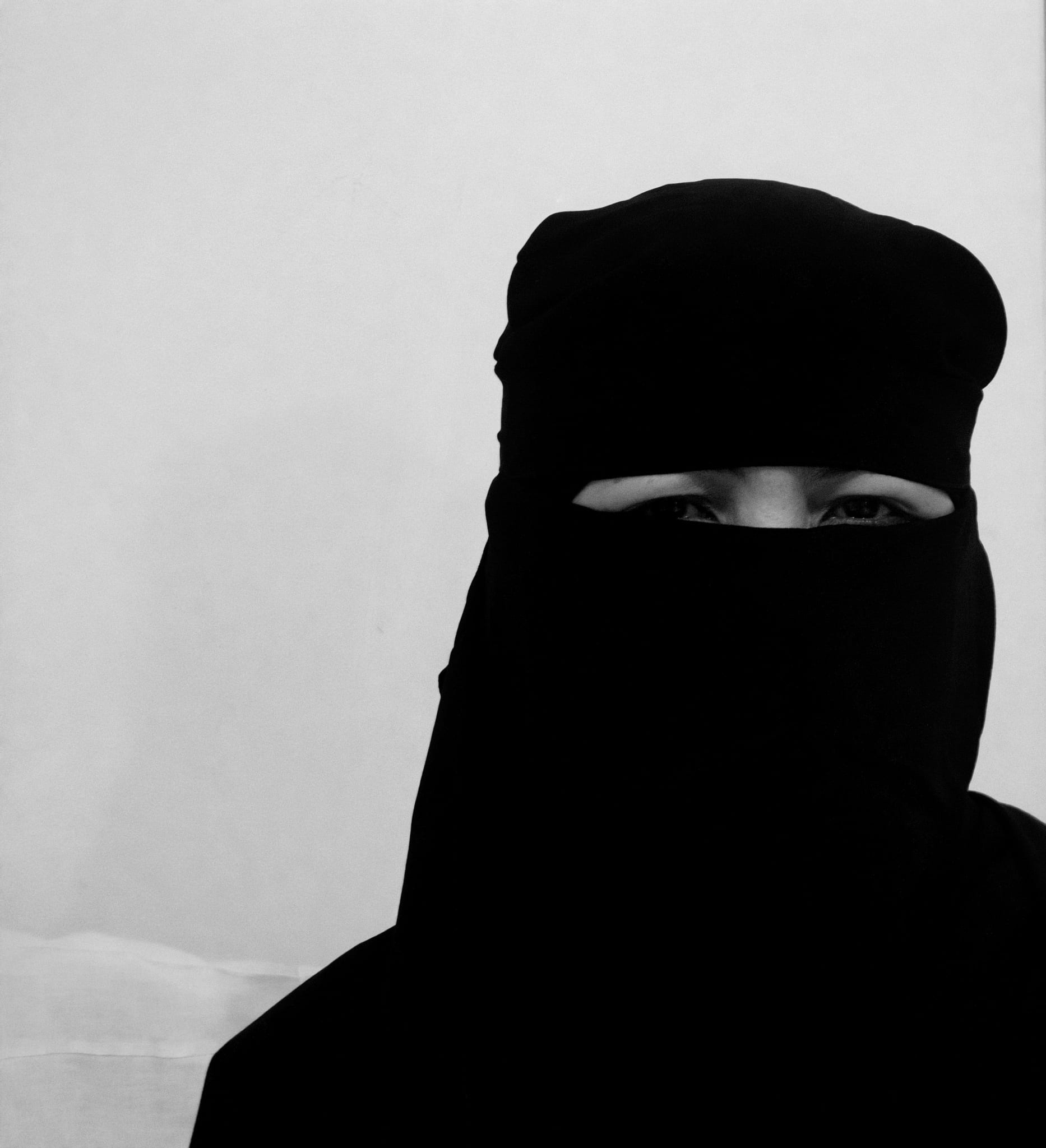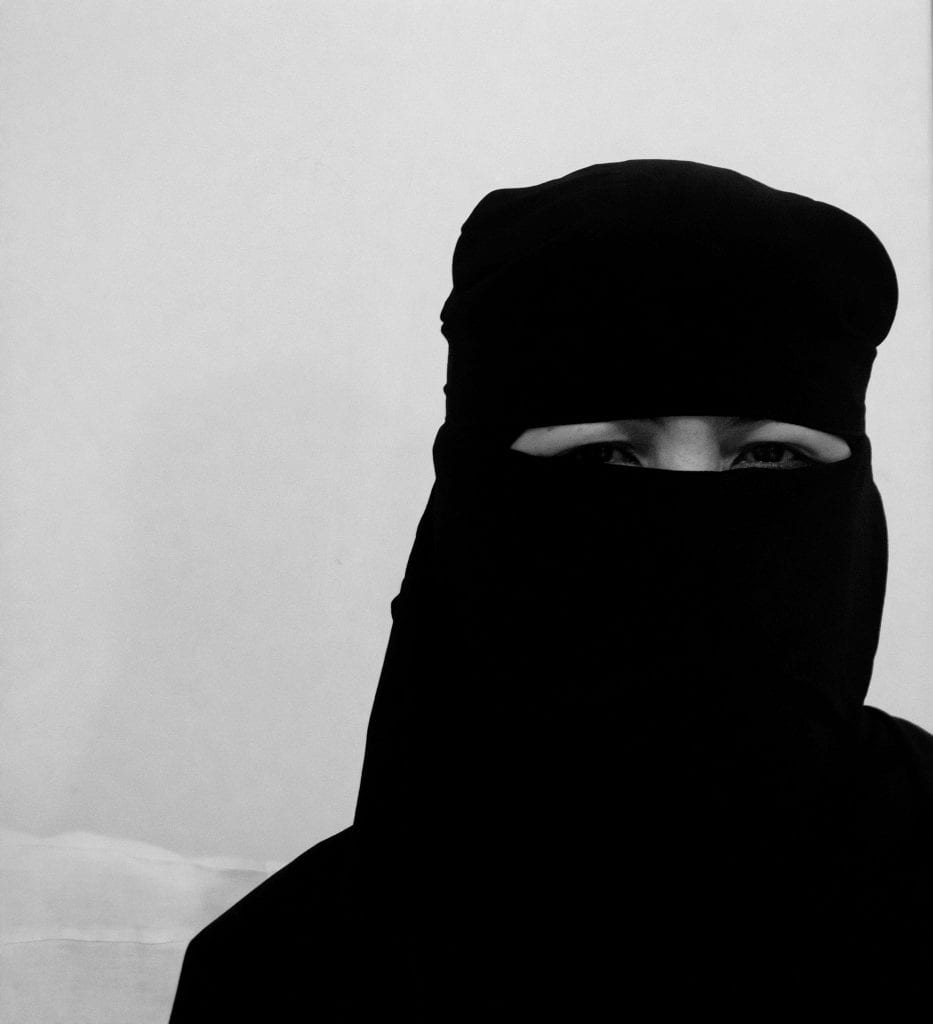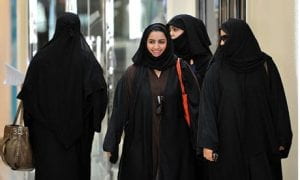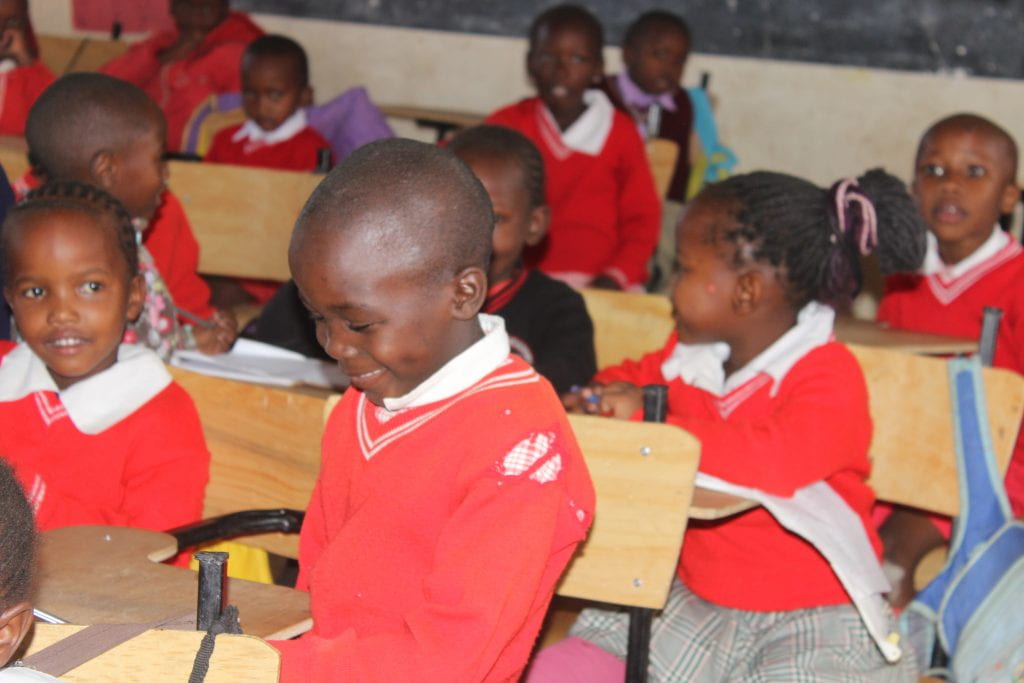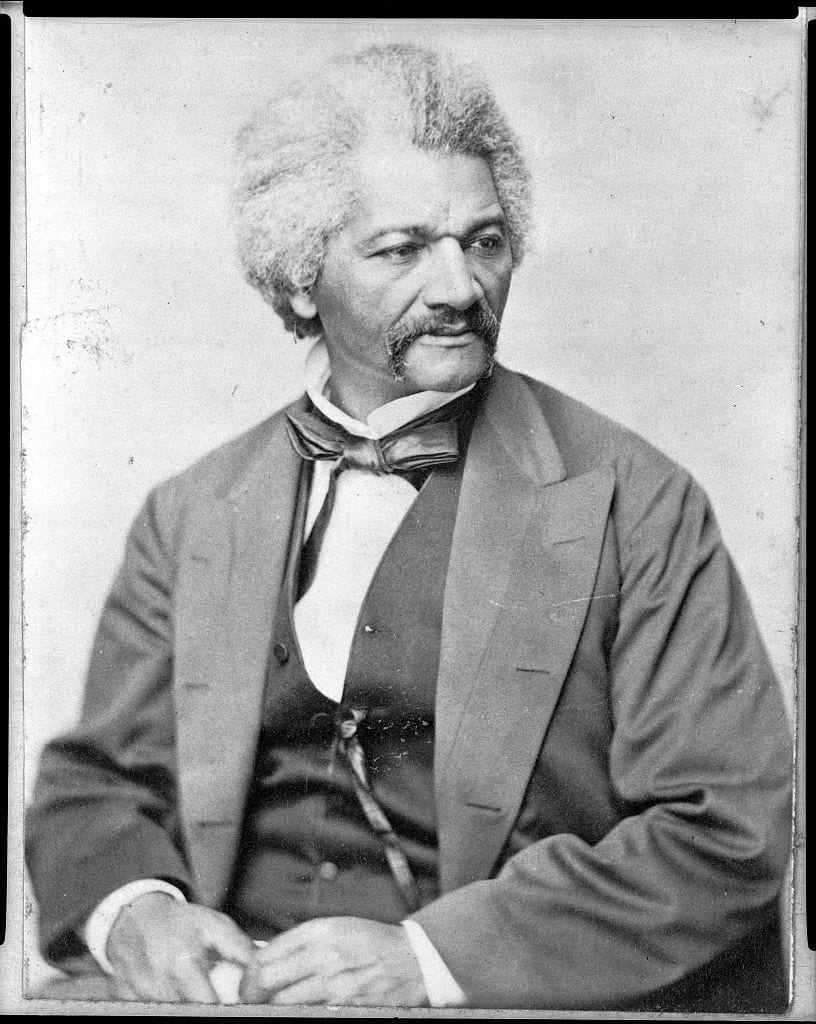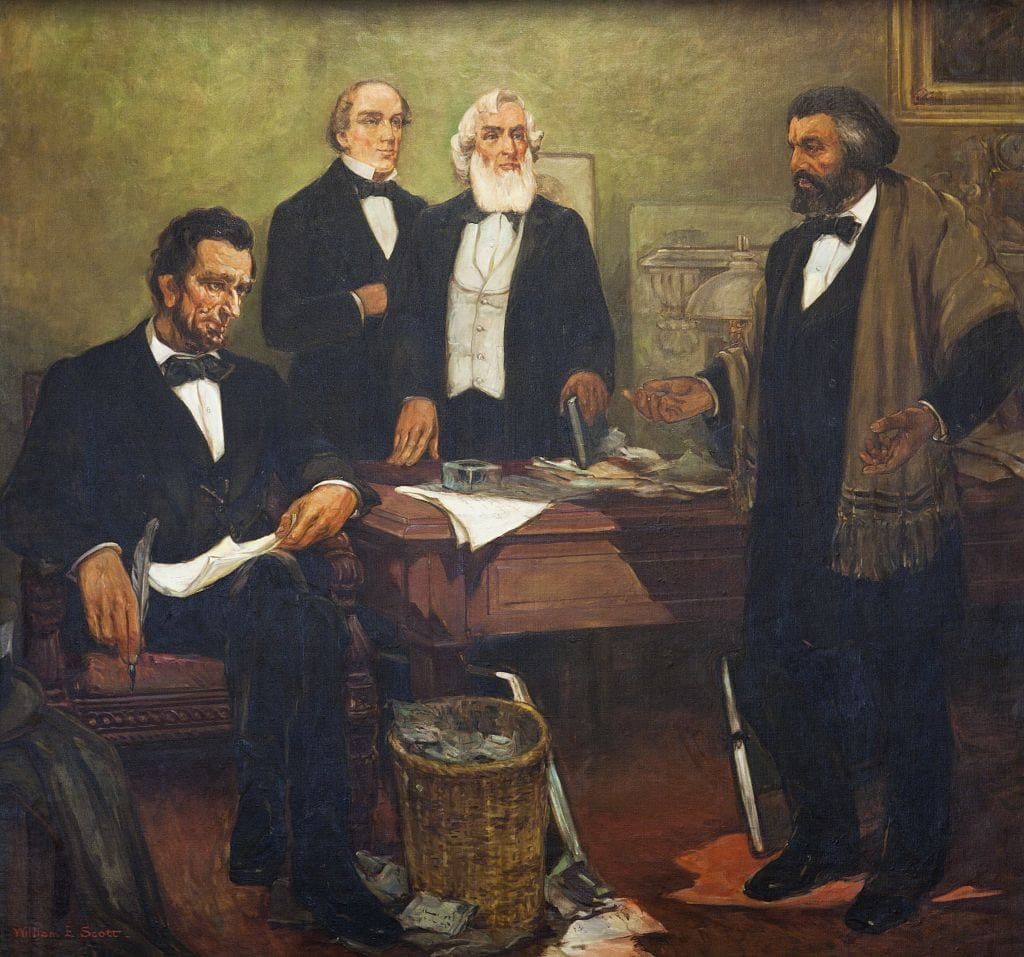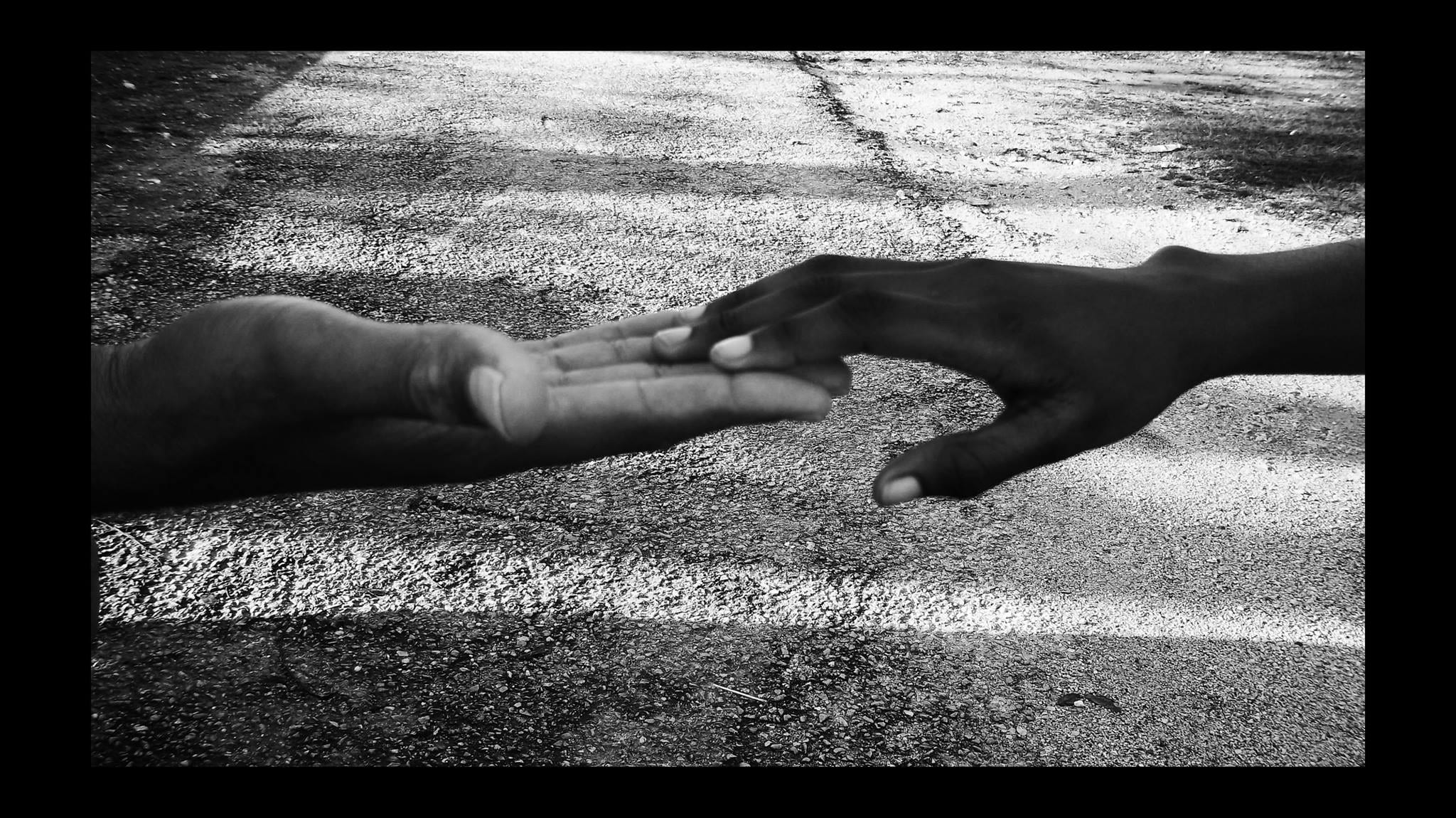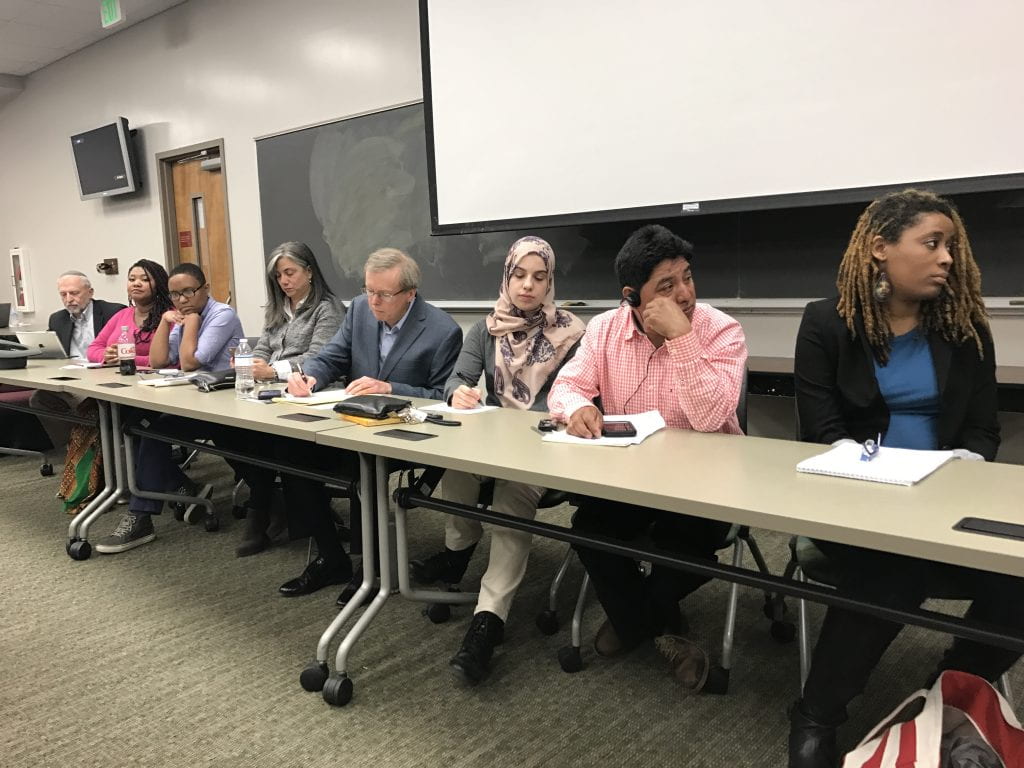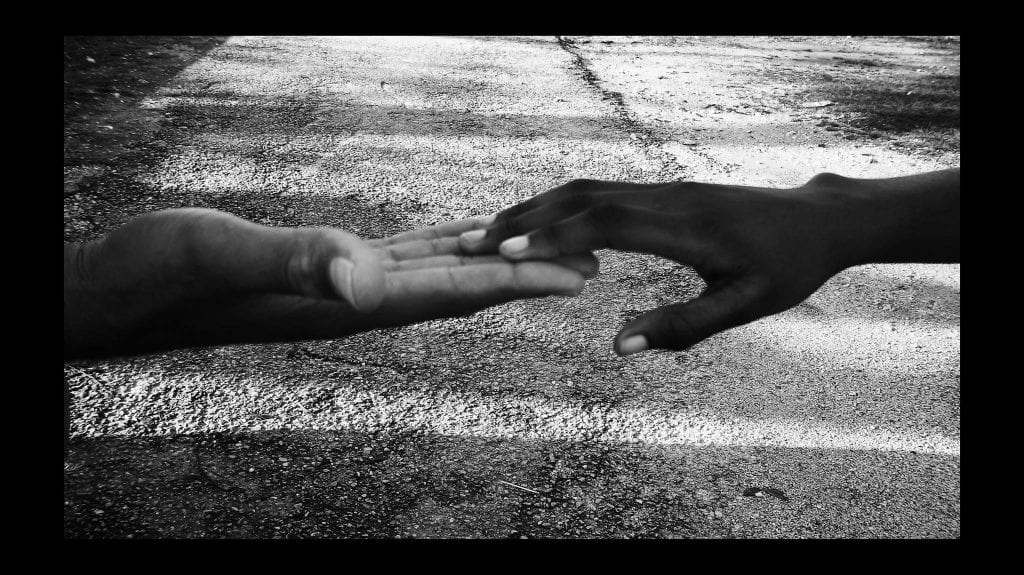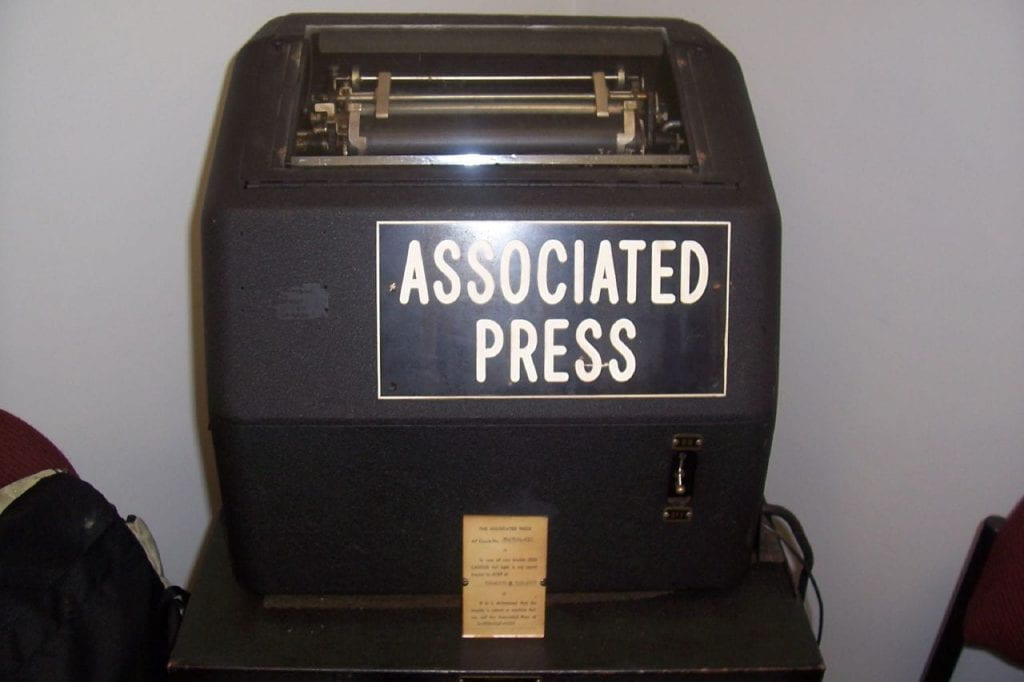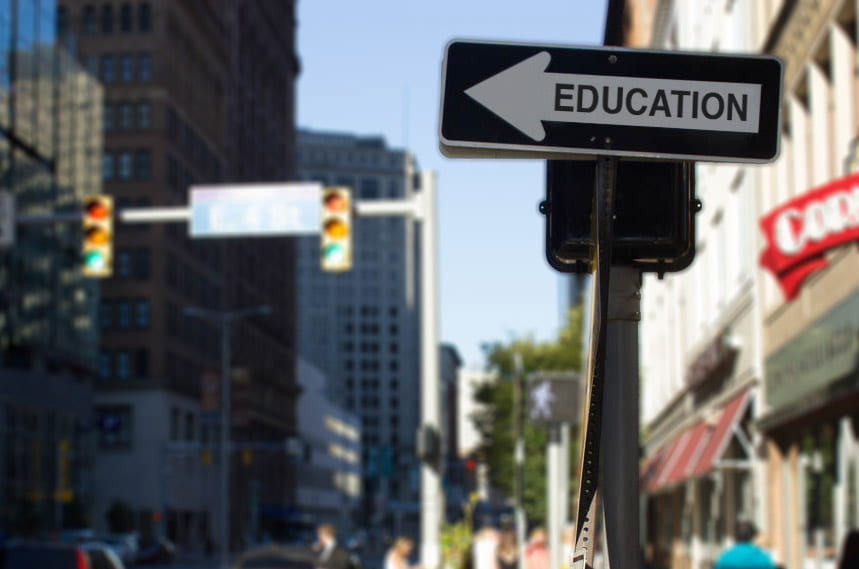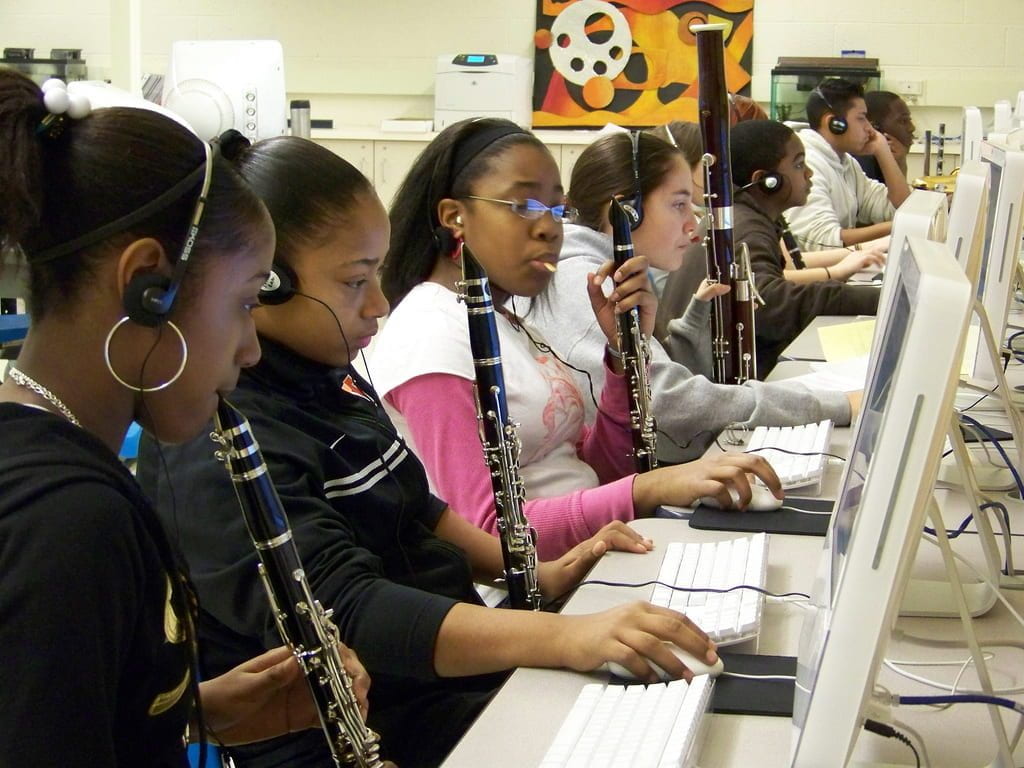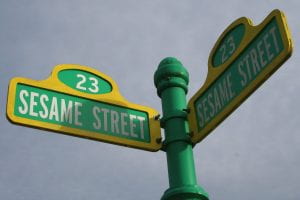
Sesame Street introduced viewers to the newest “live” Muppet on the block, earlier this month. Her name is Julia and she is on the autism spectrum. Initially introduced in 2015 as part of Sesame Street and Autism: See Amazing in All Children Initiative, Julia’s interaction with the other residents on Sesame Street teach them how to befriend and include individuals who are different, without being afraid. Autism Spectrum Disorder (ASD) is a developmental disability that can cause substantial social, behavioral and communication challenges. Individuals with ASD communicate, interact, and learn in ways that are different to people without ASD. Dr. Stephen Shore believes that “If you’ve met one person with autism, you’ve met one person with autism.” Every individual diagnosed with ASD has diverse functioning abilities and level of autistic symptoms, making each individual case distinctive. Currently, 1 in 68 children worldwide are diagnosed with ASD. ASD crosses every social and economic sphere. The goal of the Sesame Street and Autism Initiative is to remove the stigma of autism. Julia optimistically reminds viewers that individuals with disabilities have the talent and ability to positively contribute to our society while making the world a more unique and interesting place.
Over the past two decades, the human rights perspective on disability has shifted from viewing people with disabilities as problems towards recognizing them as holders of rights. A universal victory for people and families with disabilities came with the ratification and adoption of the Convention on the Rights of People with Disabilities (CRPD) by the United Nations in 2008. For children who Julia represents, the CRPD guarentees that those children can go grow up and have the same opportunities to achieve their goals just like children without disabilities. The United States has not ratified the CRPD, although there are continuous adjustments to domestic policies, ensuring the protection of the civil and human rights of persons with disabilities. There are currently numerous federal civil rights laws that safeguard people with disabilities so equal opportunities in employment, education, voting without discrimination are made available. The Century Communications and Video Accessibility Act (CVAA) became law under the Obama administration on October 8, 2010. This law increases the access of persons with disabilities to modern communications, and is up to date with 21st century technologies. Technology can revolutionize how people with disabilities interact and live in a society intended for those with no developmental or functional disability. The ratification of CRPD and continued promotion of the general welfare of all citizens should remain the focus of future government administrations.
People with disabilities have been marginalized and excluded from society within all cultures. National and international laws and conventions do not protect from discrimination on an individual level, with common responses of pity or disgust, which reinforced disabled peoples segregation in society. The lack of understanding regarding ASD and other disabilities can make life more stressful and challenging for individuals with developmental differences. The societal treatment towards people with disabilities lead to the phenomenon of invisibility. The phenomenon of invisibility rationalizes that society has the “tendency to construct everyday life with only the able-bodied in mind and the greater the lack of a physical presence of disabled persons in the mainstream, the more “natural” this assumption appeared to be (OHCHR).” As of March 2017, the Office of Disability Employment Policy (ODEP) disclosed that only 20.4% of people with disabilities are employed compared to 68.7% employed individuals without disabilities. Likewise, the unemployment rate for people with disabilities is 10.6% compared to 4.3% for people without disabilities. Furthermore, in 2015, Cornell University approximates 20.1% of non-institutionalized individuals with a disability aged 21 to 64 years in the United States have less than a high school education. The invisibility of people with disabilities has a drastic effect on their enjoyment of civil and human rights because they have been excluded and isolated.

The stigmatization of people with disabilities will persist until society embraces disabilities as adaptable differences, rather than with negative connotations. For example, a study analyzing parental perspectives on the diagnosis of ADS found that parents of non-diagnosed children described the potential diagnosis as scary, dangerous and frightening. The study also found that parents with diagnosed children sometimes go through denial, and try to find other reasons for their child’s behavior because they are reluctant to label their child as having a disability. However after the denial stage, parents elaborated on how they are started to reconstruct their beliefs about ASD, and began to project ASD from a positive perspective. This is why initiatives like “Sesame Street and Autism” are so important; not only do they educate children and adults about ASD, but also normalizes and cultivates respect for people with disabilities such as ASD. In order to communicate, Julia expresses herself in different ways that other characters on Sesame Street, who are not on the ASD. She flaps her arms when she is very bothered or happy, avoids direct eye contact, and repeats words. Even though Julia’s behaviors are different, Elmo, Big Bird and the other characters have learned to adapt, accept through understanding, and intentionally include her in their play dates.
Autism made nation headlines was during the vaccination causing autism controversy, which misinformed millions, and portrayed a diagnosis and prognosis as a hindering, negative characteristic. Julia’s addition to Sesame Street has generated significant discussion about about autism specifically, and disabilities, generally, and the societal stigma surrounding them. Recently appearances on popular network shows such as the “The View” and “60 Minutes” allowed for explanation and clarification as to why “Sesame Street” felt it was finally time to introduce a character like Julia into the show. Stacy Gordon, the women who plays the voice of Julia, very much understands the hardships of autism and inclusion. Stacy’s son is on the autism spectrum. In an interview with 60 Minutes, she admits that her sons classmates did not understand how to react to his breakdowns and social differences. She truly believes that exposing parents and children to Julia is going to help progress our society into a more disability friendly world. Sesame Street‘s leadership and dedication to teaching children love and acceptance continues to pave the way for a brighter and inclusive future. This initiative constructs a conversation about disabilities and autism while it reinforces the positive narrative about differences and inclusion.
